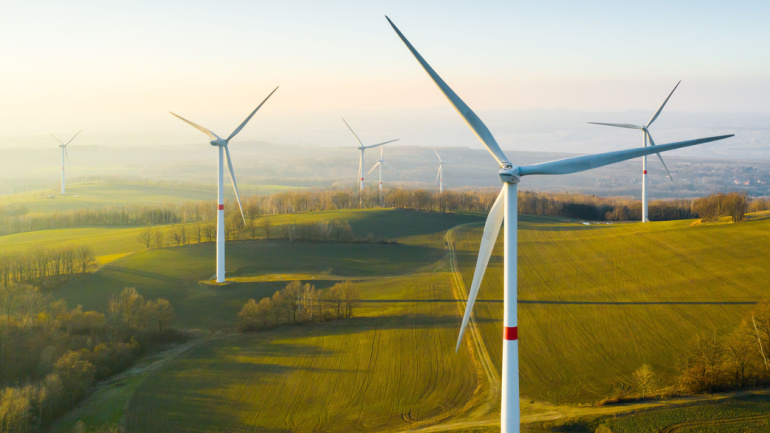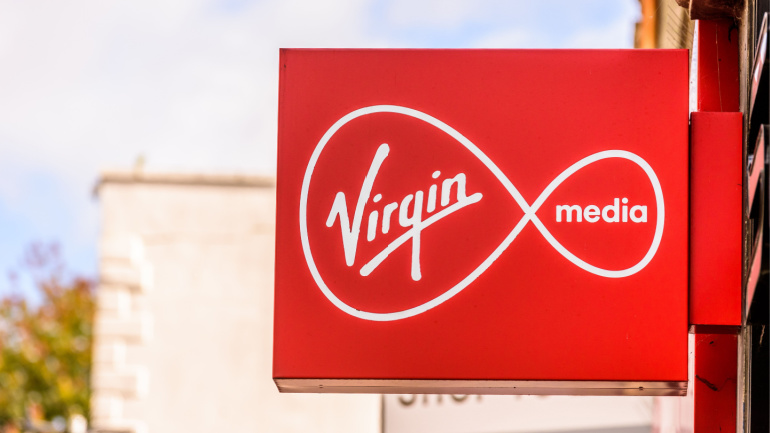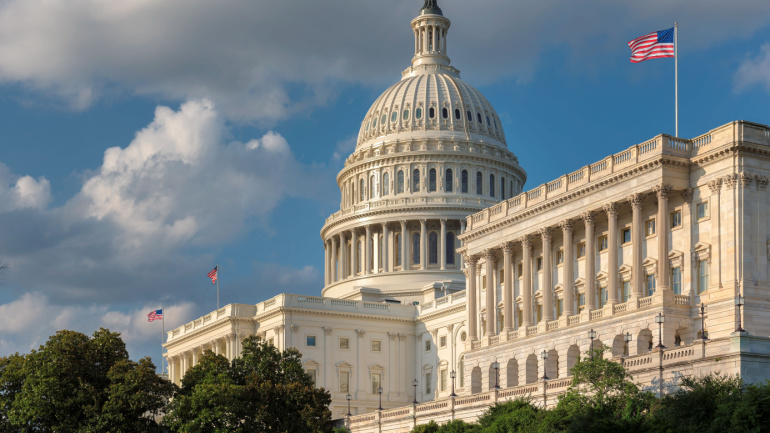In a groundbreaking arrangement, Telenor and Statkraft are set to secure 85 GWh/year of renewable energy for Telenor’s Finnish branch, DNA. This power deal will utilise energy from Statkraft’s upcoming wind farm project, fortifying Telenor’s quest for sustainable power. The implications of this pact spark debate on the urgency of renewable energy adoption in the telecom industry.
In this dynamic digital era, telecom stakeholders are exploring innovative ways to connect people, homes, industries with machines and vehicles. Huawei’s Li Peng emphasizes creating value with 5G, citing its ability to deliver higher traffic, extensive connectivity, reliable latency, and multifaceted cloud services.
While Europe’s increasing $227 billion investment in IoT assures advancements, it particularly underlines the businesses’ focus on operational cost reduction and process optimization. However, economic strains and geopolitical disturbances, like the war in Ukraine and Covid-19, impede this spending surge, especially in Central and Eastern Europe. IDC, nevertheless, forecasts an upturn by 2027, with IoT remaining a viable tool in organization performance enhancement amidst challenges. For telecom providers, these shifting sands offer both opportunities and considerable challenges.
In a major step toward network evolution, UK’s Virgin Media O2 (VMO2) has successfully tested and begun selling services powered by cutting-edge XGS PON fibre technology. This move, primed to revolutionize digital connectivity, promises customers symmetric 10 Gbps upload and download speeds but might initially be geographically limited. The transformative technology is expected to rival offerings from other telco giants whilst unlocking the potential for future technological advancements.
Vodafone UK is proclaiming the promise of 5G, with over 50% of UK adults agreeing that it could significantly impact their daily lives. But the telecom giant is also sparking conversation around its proposed merger with Three, a move believed to accelerate the UK’s digital future. The benefits of this merger extend to healthcare, utilities, and railways, showing strong potential to enhance these sectors through technologies enabled by 5G connectivity. However, this ambitious union faces challenges, including the controversial issue of spectrum distribution, crucial for 5G delivery. Yet, in the ever-evolving telecom landscape, it might be the willingness to navigate these challenges that determines their success.
Telefonica teams up with Nokia in a bold move to investigate the application of private mobile networks within Latin American businesses. They aim to foster digital transformation across “promising industries”, including ports, energy, mining, and manufacturing. Despite 5G’s infancy in the region, Ericsson’s recent report suggests a promising future, predicting 5G will constitute 42% of all mobile subscriptions by 2028. Meanwhile, Nokia’s data reveals that a whopping 80% of companies implementing their industrial-grade private wireless solutions expect a positive return on investment within six months.
Ofcom delves into an investigation concerning BT’s recent 999 emergency call service outage. BT’s back-up system reportedly failed in providing efficient location data, intensifying the emergency identification process. This significant service disruption stirred discussions in Parliament, with technology minister Lord Camrose emphasizing the company’s delayed communication to the government about the issue. While BT extended an apology planned a full internal investigation, Ofcom’s survey will spotlight possible breaches of regulatory norms mandating constant network access to emergency organizations. The potential consequences are yet unclear.
Unveiling the $42.5 billion Broadband Equity, Access and Deployment (BEAD) funds allocation, the Biden-Harris administration aims to bridge the digital divide. While each state proposes spending plans, concerns over potential delays in broadband deployment due to the Build America, Buy America Act emerge.
TIM enters exclusive negotiations with KKR for its network assets sale, navigating regulatory hurdles and Vivendi’s opposition. Will the deal reach a successful conclusion?
South Wales embraces Ogi’s full fibre network, bringing ultra-fast connectivity to underserved towns and villages. With speeds three times the Welsh average, Ogi’s cost-of-living offer provides six months of free service to new customers, enhancing satisfaction and local job opportunities.













